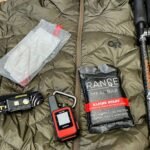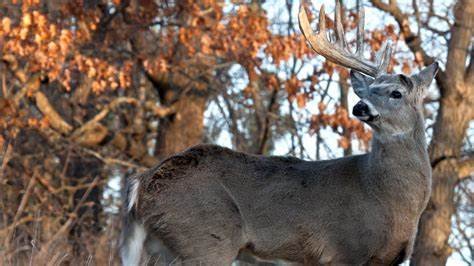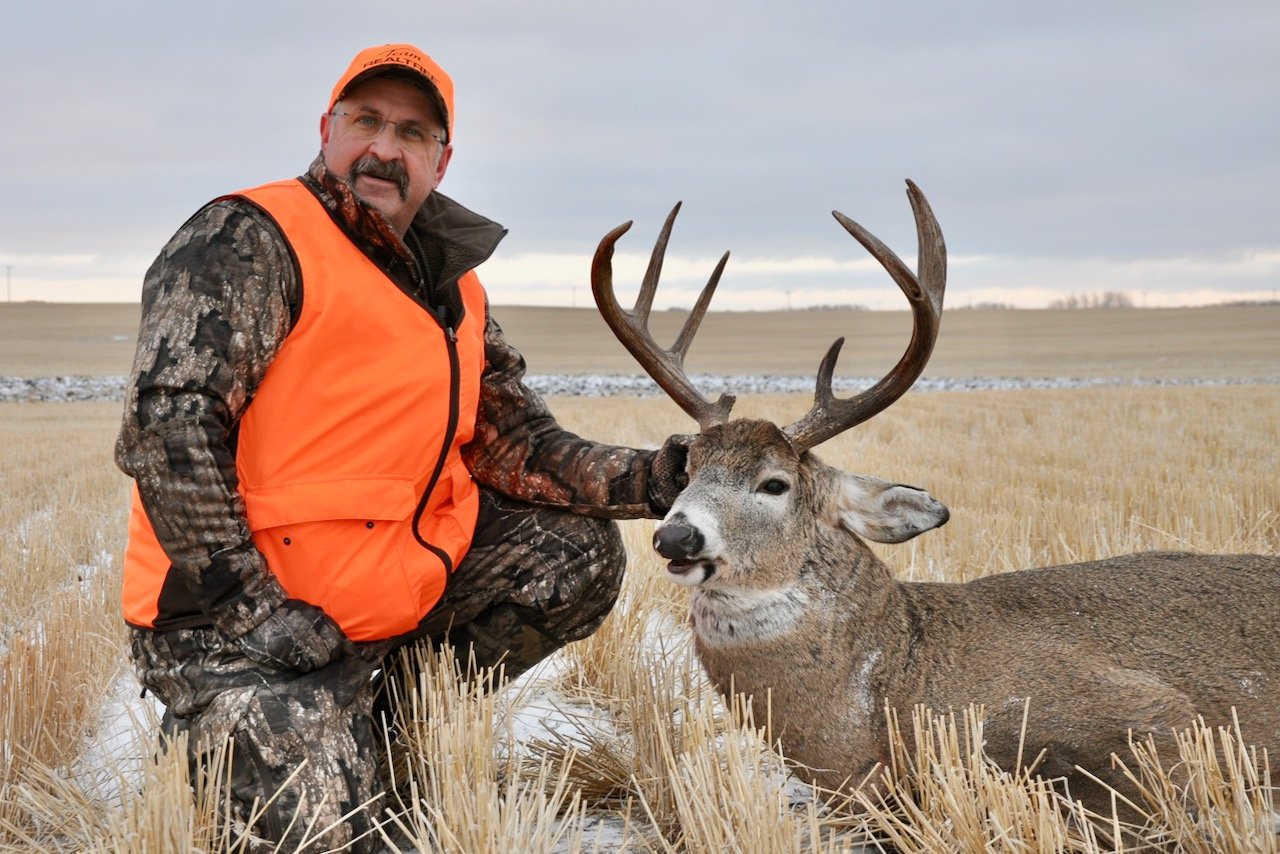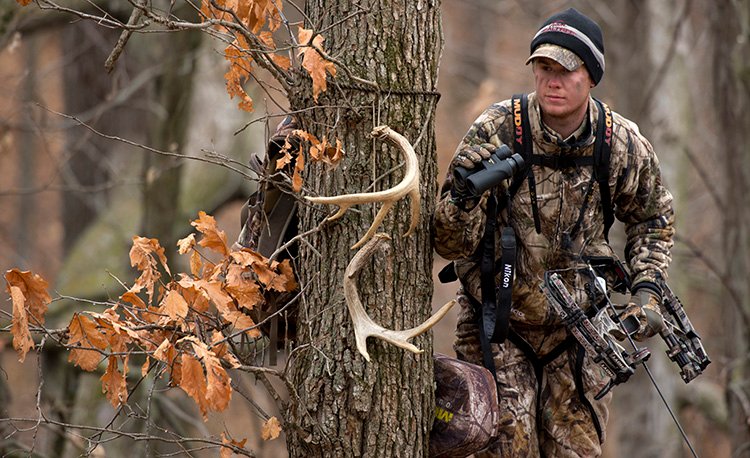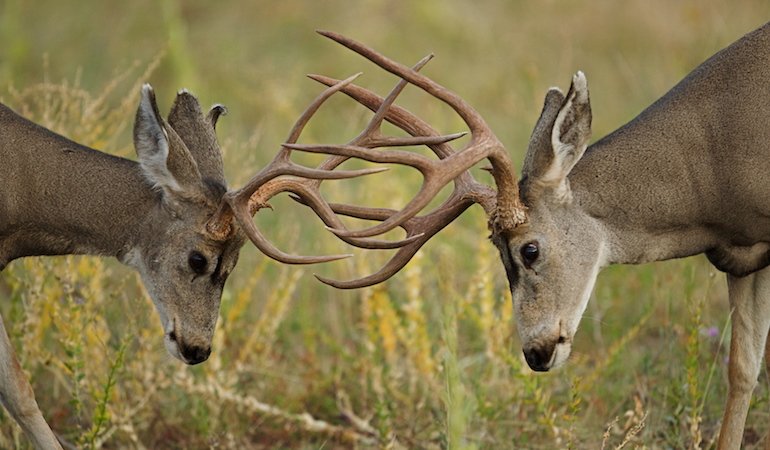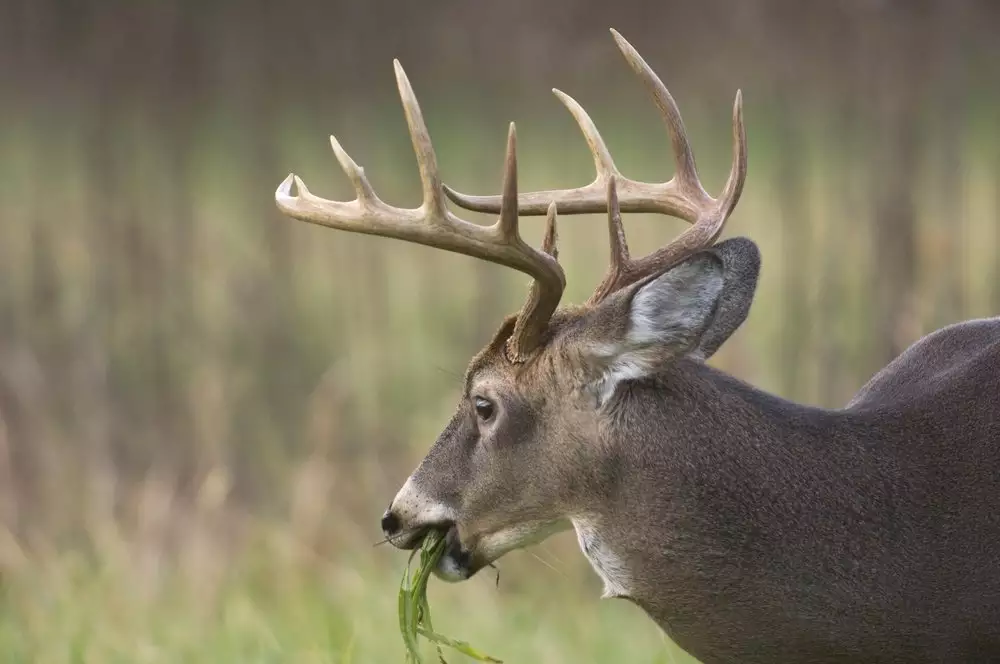Understanding deer behavior is crucial to becoming a successful hunter. Deer have specific habits and responses to their environment, and recognizing these patterns can help you anticipate their movements and improve your hunting tactics. Here’s a closer look at deer behavior and how you can use it to your advantage:
1. The Importance of Feeding Patterns
Deer are opportunistic feeders and will often feed during the early morning and late evening hours when they feel most comfortable. Knowing when deer are most likely to be feeding can give you an advantage. Look for signs of feeding, such as grazed areas, and plan your hunt accordingly.
2. Movement During the Rut
During the rut, the behavior of deer changes significantly. Bucks become more active and may travel long distances in search of does. This is a prime time for hunters to catch them off guard. Bucks will often follow familiar trails and move less cautiously during the rut, making them easier to hunt if you know where they are likely to be.
3. Bedding Area Habits
Deer often return to the same bedding areas day after day, especially during the hunting season. These areas are usually located in dense cover where deer can rest without being disturbed. Understanding where deer are bedding is essential, as it can help you plan the most strategic entry points for your hunt.
4. The Role of Wind and Scent
Deer have an exceptional sense of smell and rely on it to detect potential predators. They are most active when the wind is in their favor, as it allows them to smell danger. Deer will often position themselves to windproof their surroundings, so it’s important to hunt with the wind in mind. Use wind patterns to guide your stand placement and avoid giving away your location.
5. Seasonal Movements
Deer behavior is influenced by the seasons, and different tactics should be applied at different times of the year. During the fall, deer focus on feeding to build fat reserves for winter. In early spring, they are more likely to forage in wooded areas for tender plants. Understanding these seasonal patterns allows you to target your hunting efforts effectively during the appropriate times.
6. Behavior in the Presence of Predators
Deer are highly alert when they detect the presence of predators. If a deer senses danger, it will become alert, look around, and listen carefully. This is when stealth is most important for hunters. If you’re hunting in an area where there are natural predators (such as coyotes or wolves), deer will be even more cautious and will retreat to more protected areas.
7. Using Deer Calls to Mimic Behavior
Deer calls can mimic the sounds of a doe or buck in distress, attracting deer into your area. The key to using deer calls is timing. For example, during the rut, you can use buck grunts to mimic a challenge, which will attract bucks. During other times of the year, doe bleats and fawn distress calls can bring in bucks looking for a mate or protective does.
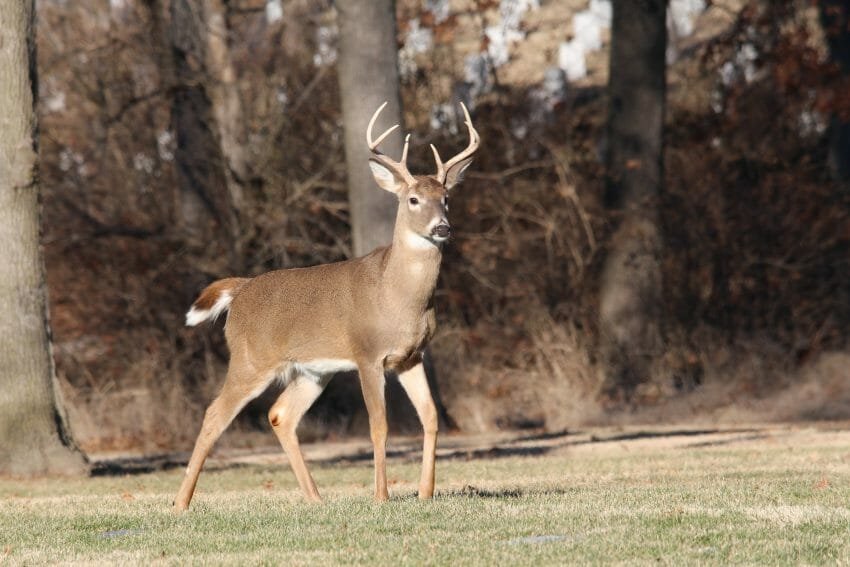
8. Identifying Stress Signals
Deer give off certain stress signals when they feel threatened. Their ears will perk up, and their tail may flick or stiffen. Deer may also snort or stomp their hooves when they sense danger. Understanding these signals can help you know when to stop moving or when a deer may be alerting to your presence. Stay still and calm during these moments to avoid spooking the animal.
9. How Deer Use Cover and Terrain
Deer often use natural terrain for cover, such as valleys, thick brush, and forested areas. They are adept at finding areas where they can hide from predators. Observing how deer use cover will help you understand their travel routes. Deer will also use specific ridgelines or valleys as funnels, making them easier to track and target.
10. The Impact of Hunting Pressure
Hunting pressure can significantly alter deer behavior. Deer that are regularly exposed to human activity may become more nocturnal or skittish. Understanding how deer react to hunting pressure and adjusting your tactics accordingly can make a huge difference in your success. Consider hunting in areas with lower pressure or adjusting your hunting schedule to accommodate more active deer times.
Conclusion
Understanding deer behavior is essential for a successful hunt. By studying feeding patterns, movements during the rut, bedding habits, and how deer react to various environmental factors, you can enhance your hunting strategies. Adapt your tactics based on the season and environmental cues to increase your chances of a successful hunt.



